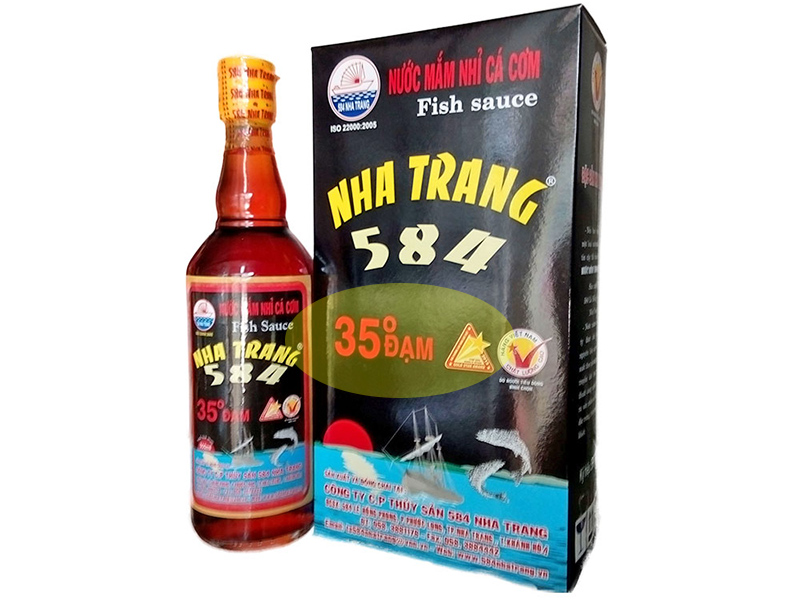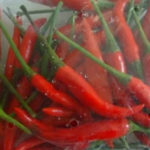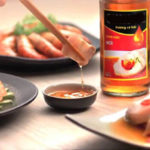What is the Degree of Salt in Fish Sauce?
People often associate the degree of salt with protein content, but in reality, the degree of salt is the total amount of Nitrogen in the fish sauce (unit: g/l). This Nitrogen is converted from the hydrolysis of Protein in the fish.
The protein content is a parameter that indicates the deliciousness of fish sauce. But be careful not to misunderstand that the higher the degree of salt, the better the quality of the fish sauce. This is only true when the product is made with the right traditional process with fish as the main ingredient and no other additives.
There are 4 types of fish sauce based on the degree of salt:
– Special grade: Greater than 30 degrees of salt.
– Top grade: Greater than 25 degrees of salt.
– First-class: Greater than 15 degrees of salt.
– Second-class: Greater than 10 degrees of salt.

[captionnews]How to read the degree of salt in fish sauce[/captionnews]
What is Fish Sauce?

Fish sauce is a traditional and long-standing product of Vietnam. Fish such as anchovies, mackerel, sardines, etc., are the raw materials for producing fish sauce. Traditional fish sauce is completely free from additives.
Fish sauce is made by fermenting a mixture of sea fish and salt, and the production process can take about 6 months or longer. The quality of fish sauce depends on the quality of the fish, salt, and fermentation formula.
Fish sauce usually has a degree of salt of 25-28°N. When produced by the traditional method, the higher the degree of salt in the fish sauce, the more delicious it tastes. Some types of fish sauce have a degree of salt up to 40-50°N due to a longer production time.
The taste of fish sauce is mildly salty, sweet, not harsh, and has a fishy aroma.
What is Dipping Sauce?

Dipping sauce is actually also fermented from fish or vegetable protein (soybeans). Then, the dipping sauce is diluted and mixed with additives, preservatives, etc. Therefore, dipping sauce is also called industrial fish sauce.
According to the regulations of the Food and Agriculture Organization of the United Nations (FAO), fish sauce must have a degree of salt greater than 10°N. The degree of salt in the dipping sauce is less than 10°N, so this is not fish sauce.
Note that currently, some types of dipping sauces are mixed with synthetic protein. The degree of salt in these types of dipping sauces can reach 80°N or 90°N. Meanwhile, the degree of salt in fish is only about 30°N, so fish sauce will never have as high a degree of salt as these dipping sauces.
The taste of the dipping sauce is not fishy, and it has a bitter or quite harsh taste on the tip of the tongue, especially with the dipping sauce mixed with synthetic protein.
Is it Harmful to Mistake Fish Sauce for Dipping Sauce?

The nutritional composition of fish sauce contains a high protein content, providing protein to the body. However, the amount of fish sauce we eat daily is quite small, so it cannot be used as the main source of protein.
On the other hand, dipping sauce does not contain any nutrients. Most of the dipping sauce’s composition is made up of food additives.
Therefore, it is better to choose fish sauce instead of dipping sauce. Information about the degree of salt on the product label is the best way to help you distinguish between fish sauce and dipping sauce when buying.
4 Strategies for Storing Chili for One Month
Do you want to enjoy the fresh, spicy flavor of chili peppers all month long? Look no further! This article provides tips and tricks for storing chili peppers so that they stay fresh and flavorful for up to a month. Learn how to best preserve your peppers and savor their zesty taste for weeks to come.




































